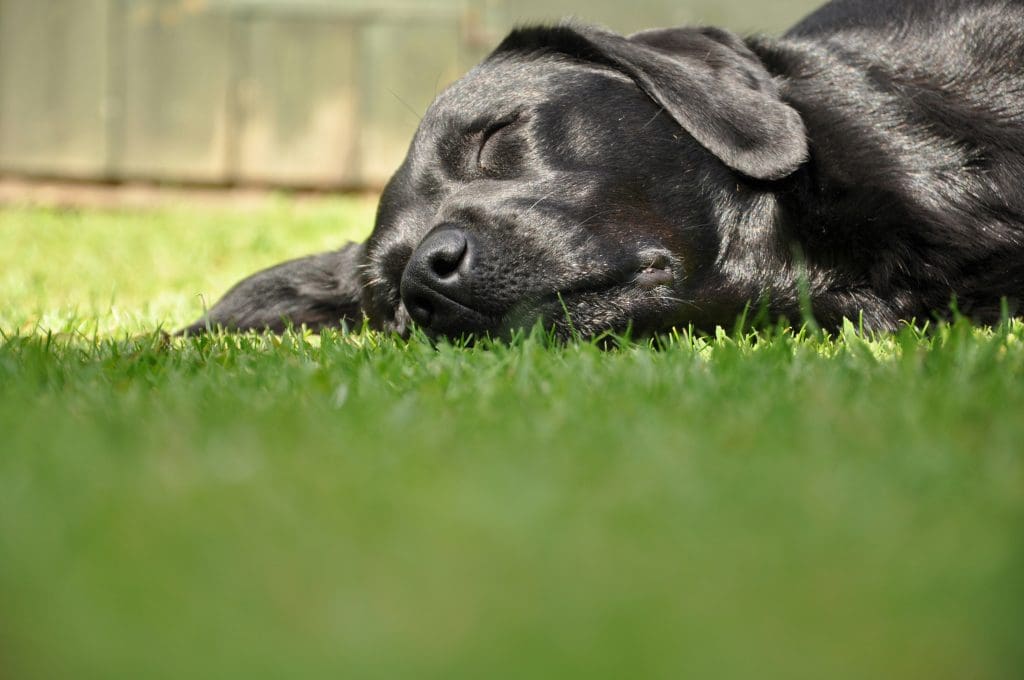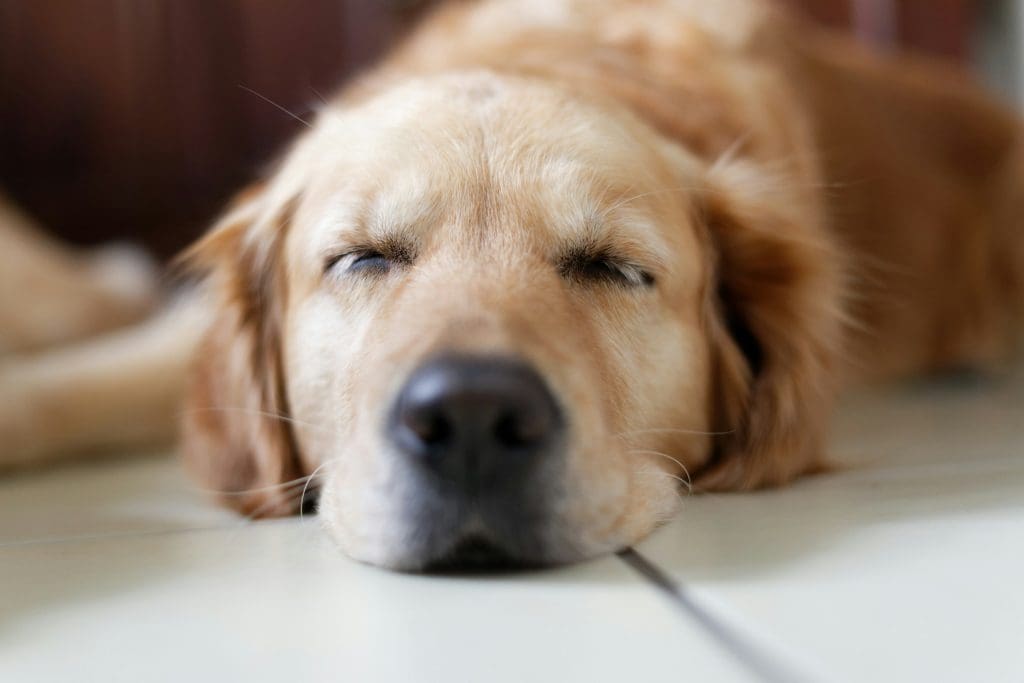How to Use Exercise to Calm Your Dog
We often associate exercise with fitness and weight management for our pets, but it plays another critical role: emotional regulation. Just like humans, dogs benefit from regular physical and mental activity to burn off excess energy and reduce anxiety. If your dog is constantly pacing, barking, or acting out, exercise might be the natural solution you’ve been looking for.
Why Exercise Helps Reduce Anxiety
A tired dog is a calm dog. Physical activity stimulates the release of endorphins, often called the “feel-good” hormones, which naturally ease tension and stress. For anxious dogs, daily movement not only expends nervous energy but also instills routine, focus, and confidence.
Additionally, when dogs engage in purposeful activity, they are less likely to resort to destructive behaviors like chewing, digging, or excessive barking. It’s a healthy outlet for nervous tension.
Best Types of Exercise for Calming Dogs
Not all exercise is created equal. Some dogs need a hard run, while others benefit from gentle movement. The key is to match the activity to your dog’s age, breed, and energy level.
1. Daily Walks
-
Regular walks provide both physical exercise and mental enrichment through sniffing and exploring.
-
Try to walk at a steady pace for at least 30 minutes a day, depending on your dog’s needs.
2. Fetch or Tug-of-War
-
Games like fetch provide bursts of cardio and allow dogs to focus their energy.
-
Tug-of-war can help build impulse control when played with rules and supervision.
3. Off-Leash Play or Dog Parks
-
Social dogs enjoy interaction with other pups, which can be both physically and emotionally rewarding.
-
Supervised off-leash time gives them freedom to run and relax.
4. Swimming
-
Swimming is a low-impact exercise ideal for dogs with joint issues or older pets who need gentle activity.
-
It’s also mentally stimulating and great for cooling off in hot weather.
5. Structured Play Sessions
-
Use flirt poles or agility games to engage your dog’s mind and body simultaneously.
-
Structured games teach discipline while offering fun.
Incorporating Mental Stimulation
Mental exercise is just as important as physical. A bored dog can quickly become anxious or destructive. Try the following:
-
Food puzzles and treat-dispensing toys
-
Snuffle mats for scent work
-
Basic training sessions with commands
-
Hide-and-seek or treasure hunts with toys
Even ten minutes of brain work can be as tiring as a brisk walk!
When to Exercise an Anxious Dog
Timing matters. If your dog is reactive or prone to nervous behavior, strategic exercise can help prepare them for stress triggers.
-
Before fireworks, vet visits, or guests: Give your dog a long walk or play session beforehand.
-
During high-energy times: Early morning or after being alone all day are great times to burn energy.
-
Before training sessions: A short walk can help your dog focus better on learning.
Creating a Routine
Dogs thrive on predictability. Establish a consistent exercise routine that includes both movement and quiet time. This reduces the chances of boredom and helps manage behavior.
-
Morning walks before you leave for work
-
Evening playtime or enrichment activities
-
Short training sessions or sniffing games throughout the week
Signs Your Dog Needs More Exercise
If your dog exhibits these behaviors, they may be under-exercised and anxious:
-
Chewing inappropriate items
-
Excessive barking or whining
-
Restlessness or pacing
-
Jumping or mouthing
-
Poor focus during training
Increasing daily activity—even by 15 minutes—can lead to noticeable improvements.
Final Thoughts
Exercise is a powerful, natural way to help your dog stay calm, happy, and balanced. By combining physical activity with mental enrichment, you’re not only improving their physical health but also strengthening their emotional resilience. Every dog is different, so take time to explore what types of activities your pup loves—and make movement part of their everyday routine.


